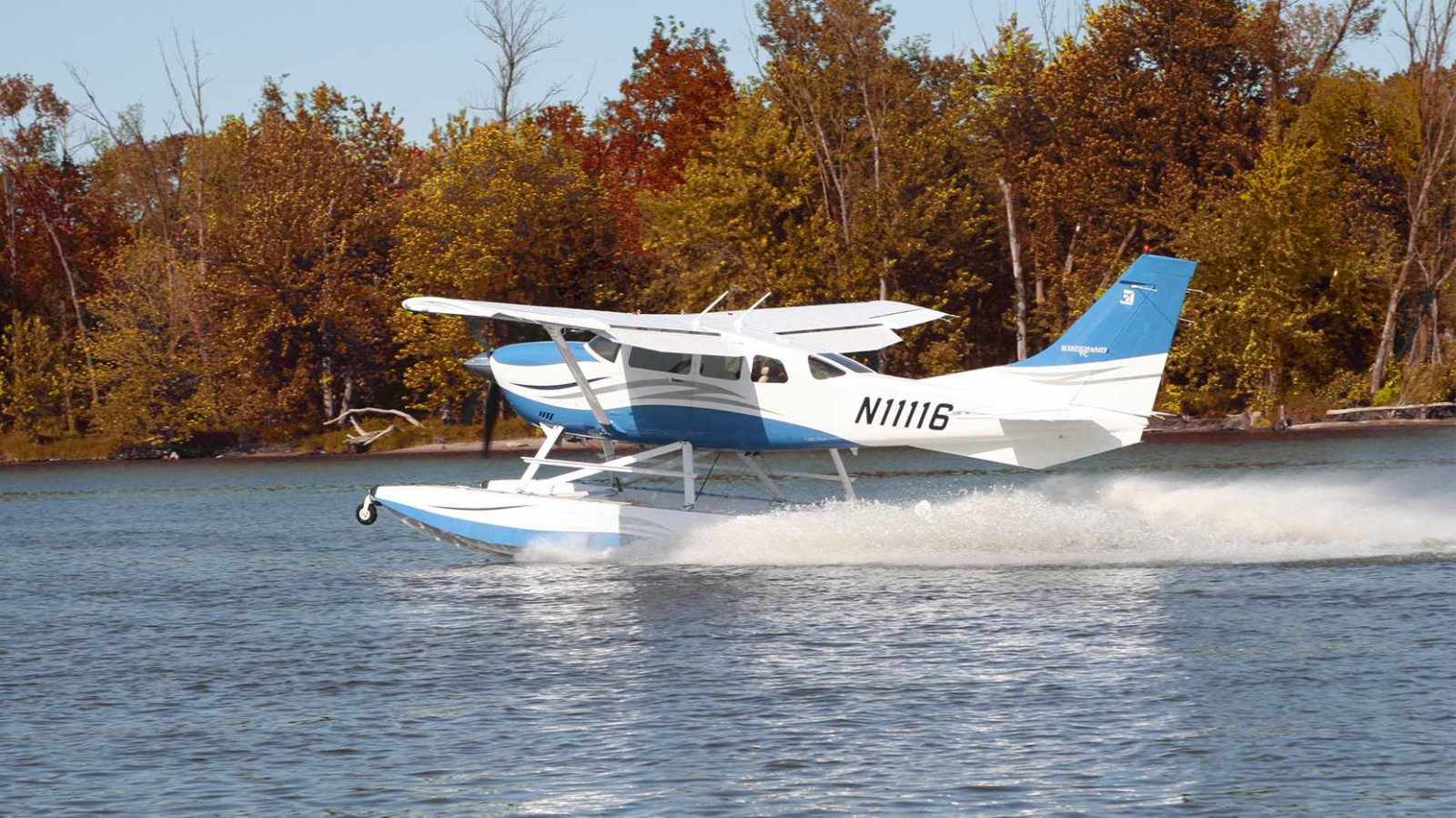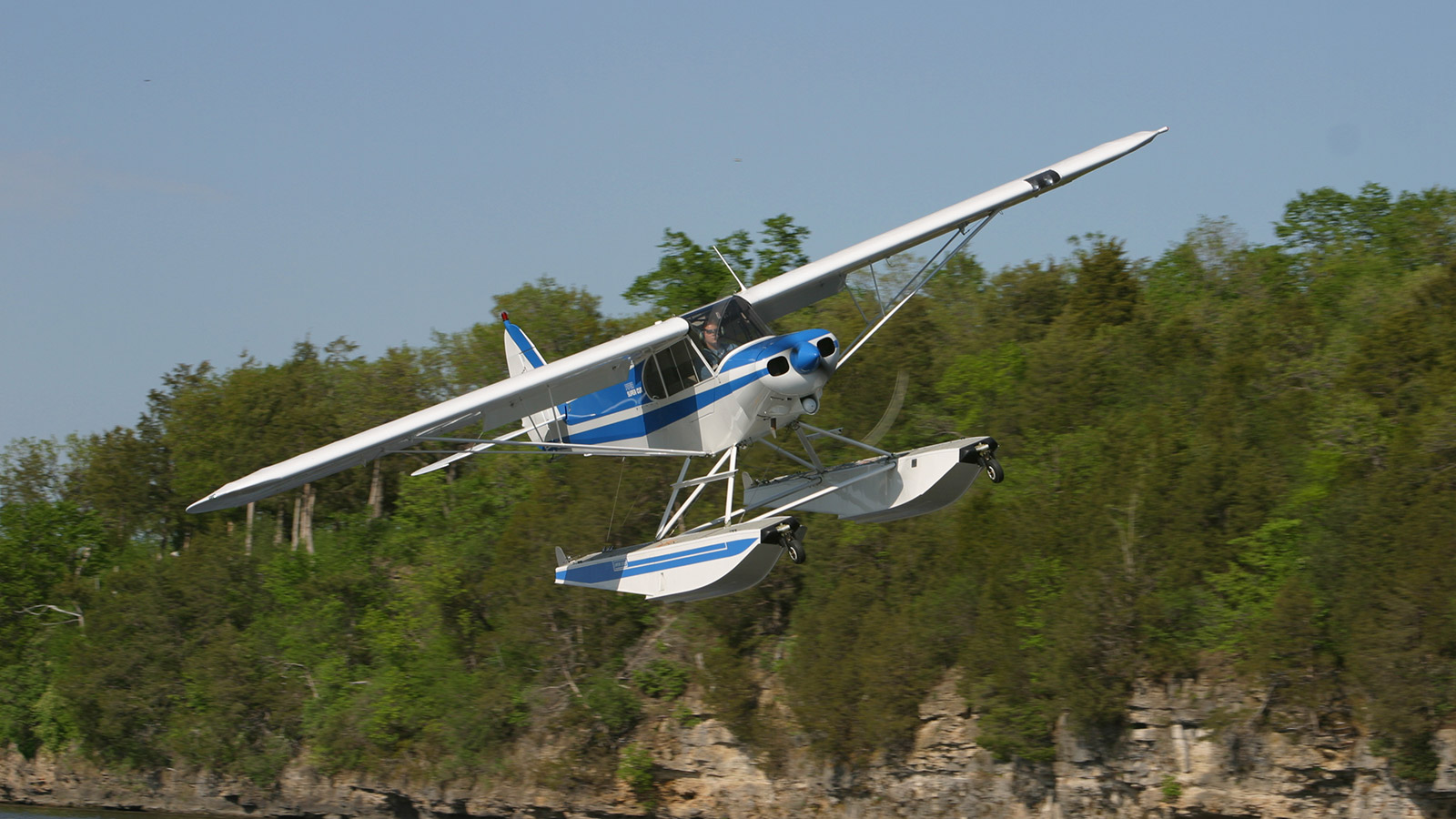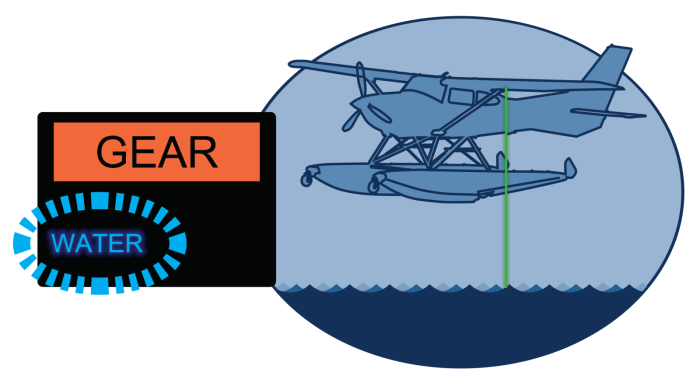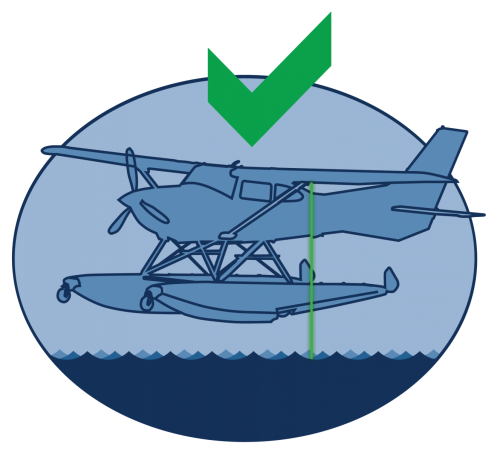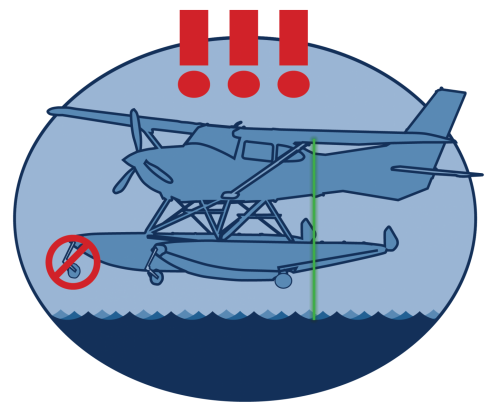Gross Weight Increases for the 182
Our selection of gross weight increases will help you get the most utility out of your 182. The 3,500 and 3,370 lb gross weight increases boast a greatly improved forward CG envelope that gives you more loading flexibility. You will no longer need to add weight to the baggage compartment in order to carry two people and full fuel or four people with half tanks.
- Gross Weight Increase to 3,500 Take Off / 3,350 Landing.*
- 182S and 182T, when equipped with the Wipaire IO-580 conversion and Wipline 3000 floats.
- 182Q and 182R, when equipped with the AirPlains IO-550 conversion and Wipline 3000 floats.
- Gross Weight Increase to 3,370 Take Off / 3,350 Landing.*
- 182S and 182T, when equipped with the Wipaire IO-580 engine conversion and Wipline 3000 floats.
- Cessna 182P, 182Q, and 182R, when equipped with the AirPlains IO-550 engine conversion and Wipline 3000 floats.
- Gross Weight Increase to 3,250 Take Off / 3,100 Landing.
- Available for Cessna 182S and 182T on Wipline 3000 floats only, requires 3-point strut configuration.
*Note: The gross weight increase requires the installation of 4-point float struts. Conversion kits are available to upgrade existing 3-point strut configurations to the 4-point design.
Performance at Gross Weight on Wipline 3000 Floats
| IO-580 at 3,500 lb GW | IO-580 at 3,370 lb GW | |
| Gross weight | 3,500 lbs (1,587 kg) | 3,370 lbs (1,528 kg) |
| Engine | IO-580 (315 HP) | IO-580 (315 HP) |
| Take off run (land) | 987 ft (301 m) | 958 ft (292 m) |
| Take off run over 50 ft obstacle (land) | 1,836 ft (560 m) | 1,765 ft (538 m) |
| Take off run (water) | 1,257 ft (384 m) | 1,241 ft (378 m) |
| Take off run over 50 ft obstacle (water) | 2,463 ft (751 m) | 2,414 ft (736 m) |
| Rate of climb (per/min) | 1,048 ft (319 m) | 1,123 ft (342 m) |
| Cruise speed (75% at 6000 ft) | 124.5 KTAS 15.5 GPH | 124.5 KTAS 15.5 GPH |





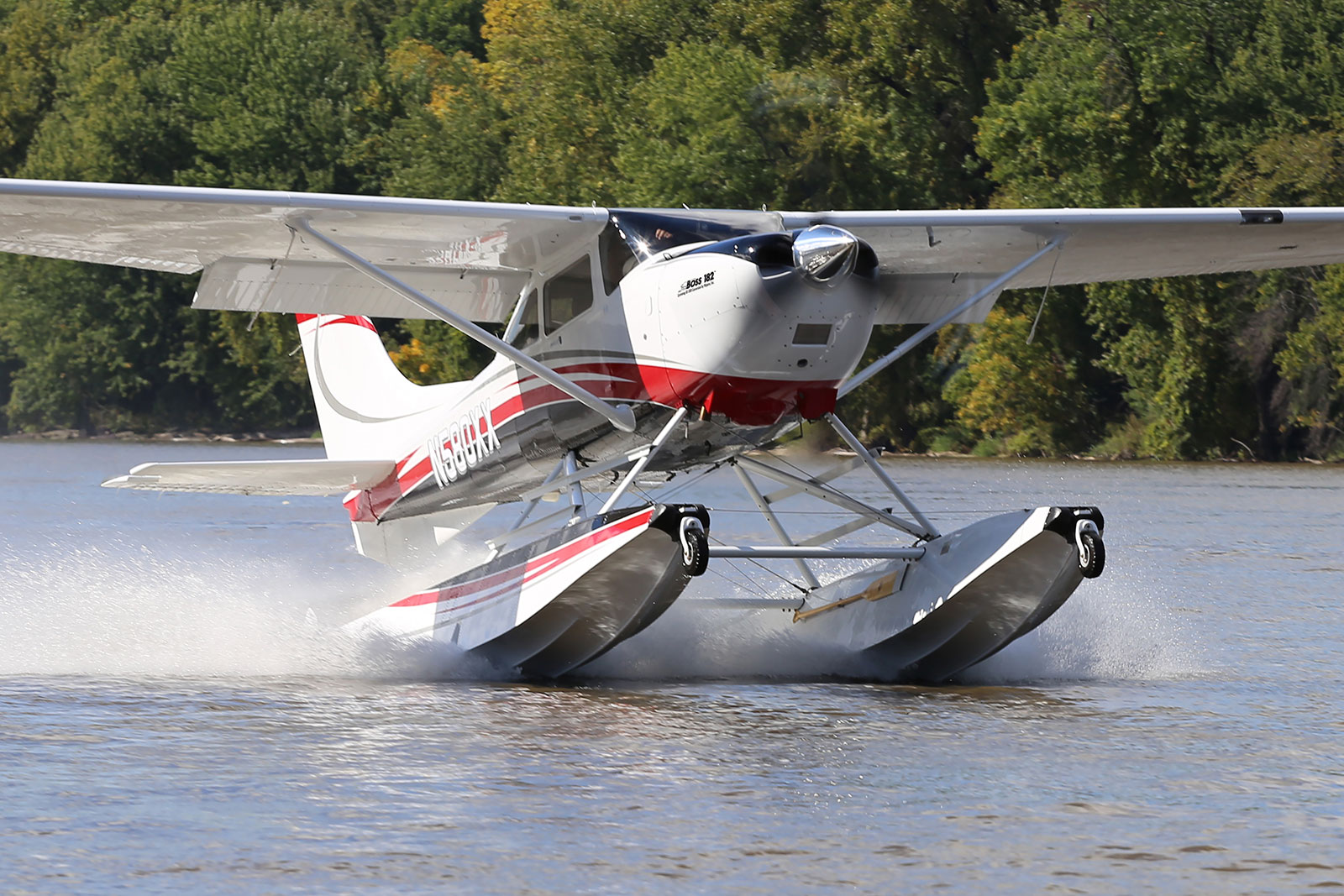
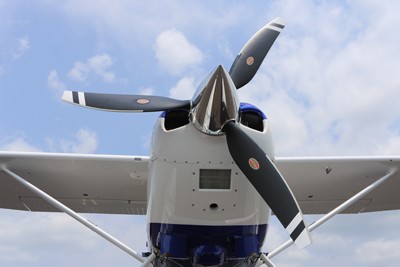
 If you fly a Wipline 3000-equipped Cessna 182 with the AirPlains IO-550 engine conversion, consider upgrading to the new Hartzell Trailblazer carbon fiber structural composite propeller.
If you fly a Wipline 3000-equipped Cessna 182 with the AirPlains IO-550 engine conversion, consider upgrading to the new Hartzell Trailblazer carbon fiber structural composite propeller.